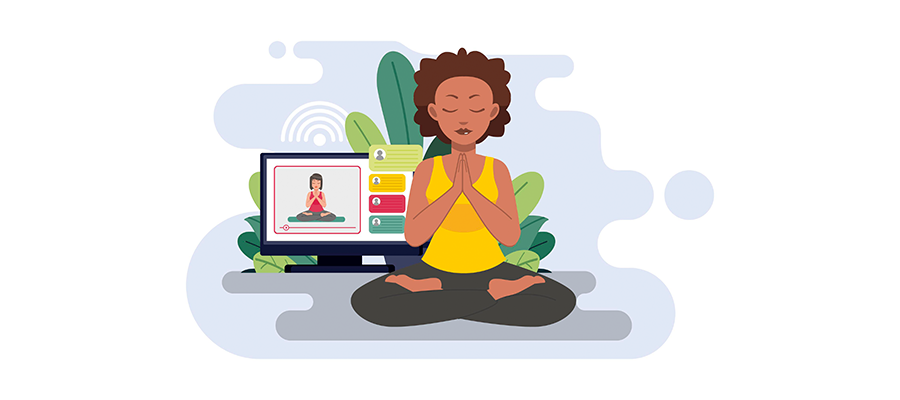The integration of artificial intelligence (AI) into mental health care is not merely a technological development, it is a paradigm shift that is transforming the very foundation of psychotherapy. As AI driven tools increasingly find their place in therapeutic contexts, long held professional, ethical, and philosophical assumptions are being disrupted. This evolution invites us to confront pressing questions: Is AI reshaping psychotherapy for better or worse? What do we gain and what might we lose in the process?
AI's entry into therapeutic spaces extends far beyond the traditional bioethical considerations of autonomy, beneficence, nonmaleficence, and justice. It touches the delicate and intangible core of psychotherapy: the therapeutic relationship. Trust, attunement, and empathy long considered essential to psychological healing are now being filtered through code, algorithms, and machine learning models. What does it mean for a “therapeutic alliance” when the other end of the conversation is not human?
There is no denying that AI powered platforms like mental health chatbots and automated therapeutic apps have made therapy more affordable, scalable, and accessible. For individuals who lack access to in person care, these tools offer a potentially lifesaving entry point. However, they also raise critical questions about the nature and quality of care being offered. What types of therapeutic models are these platforms based on? How are patients selected or attracted through digital marketing? And most importantly, how are outcomes defined and measured in these digitally mediated interventions?
As the availability of AI tools grows, the very perception of what therapy is and who it is for is shifting. The promise of 24/7 availability and convenience is indeed attractive. But alongside this promise arises a major challenge: premature therapy dropout. Easy access sometimes leads to easy exits, especially among younger users. When sessions are experienced through screens, without the anchoring presence of a therapist, many users report a lack of meaningful change and disengage quickly. Research suggests that once individuals drop out of digital therapy, they often do not return to any form of treatment for years even if their distress persists. This could significantly delay recovery and deepen the psychological burden.
Beyond these behavioral patterns, a deeper concern surfaces: the emotional intelligence or lack thereof of AI. Machines operate through logic and language parsing, but they lack the capacity to understand the symbolic, cultural, and emotional weight of human experience. Words like “mother,” “grief,” or “betrayal” carry layered meanings that machines cannot truly comprehend. A therapist, by contrast, listens not just to content but to tone, subtext, and emotional resonance. In this way, human clinicians are not just interpreters of language but witnesses to inner worlds. AI, no matter how advanced, cannot replicate this level of attunement.
There are also ethical red flags that extend well beyond the therapy room. Chief among these is data privacy. Sensitive mental health information exchanged during AI led sessions is often stored on cloud based servers. But who owns that data? What happens if the company managing it shuts down, gets acquired, or sells user information? In a future shaped by data capitalism, we must seriously ask whether a patient’s inner life could become a product for profit. The European Convention on Human Rights (Article 8) underscores the importance of protecting personal data, and mental health data must be among the most sacred.
Furthermore, without human oversight, there is a growing risk of “flat” therapeutic experiences conversations that follow preset scripts or limited linguistic pathways, potentially leading users to self diagnose inaccurately. In traditional therapy, misunderstandings or premature conclusions are addressed collaboratively, with space for reflection and revision. AI cannot yet provide this safety net.
Of course, this is not a binary debate. AI is not inherently the enemy. When used judiciously and ethically, it can complement therapeutic work, improve access, and provide valuable tools for support between sessions. But we must resist the temptation to allow convenience to replace connection. Psychotherapy is not just about solving problems it is about being seen, heard, and held in complexity.
We must remain vigilant. The profession is built on human presence, ethical responsibility, and emotional insight. AI can assist us but it must not replace us.
As we stand at the intersection of innovation and introspection, the question is not just “Can AI do therapy?” but “Should it?” And if so, “To what extent, and under whose guidance?” These are not just technological questions they are deeply human ones.
Nishi Shah
Clinical Psychologist (A)

